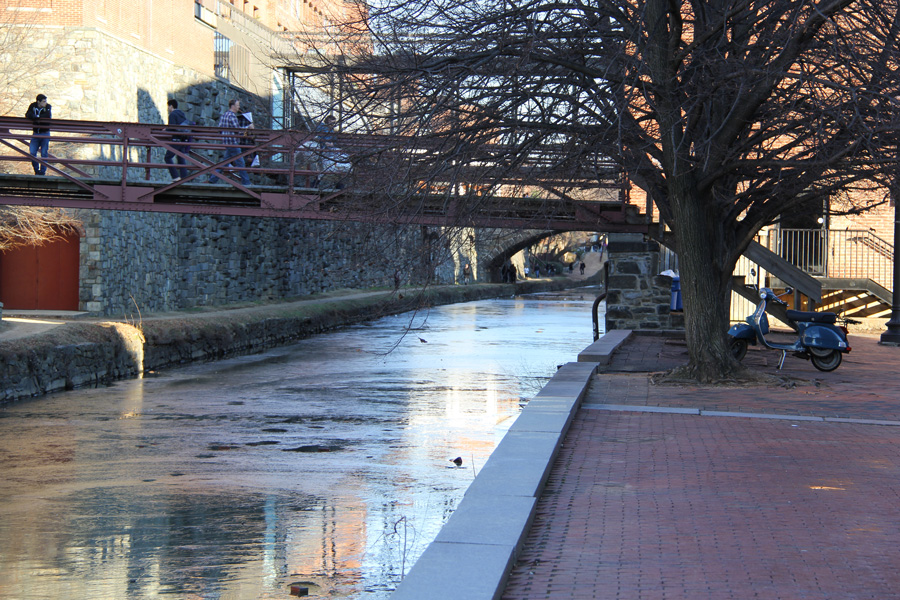
My status as an antique has recently been upgraded to “living fossil” due to my persistent preference for paper maps.
My children don’t even bother to hide their condescending smiles when they see me rattling the pages of my trusty map books, while their fingers dance lightly over tiny touch pads to ascertain the best route to our destination.
I don’t mind. Inquiring minds may question whether or not zombies will rule the world come the apocalypse, but one thing is certain. Once the internet is felled by a meltdown of all the bright gadgetry of modern technology, we who folded our paper maps properly and kept them handy will still be able to navigate through the steaming wreckage of the dystopian landscape.
Probably. One can never predict the future with certainty. However, with a map, even an old, out-dated map, there is a probability that some of the landmarks and routes pictured on it remain.
Probability is the spice of life. A little bit adds zest to every venture.
Recently our local weather forecasters have been taxing their hard drives with attempts to calculate the probability of snow, ice and frigid conditions. I saw a map today that included a “probability legend” to enable viewers to comprehend the weather data. I’m not all that interested in the data. Data comes and goes like the snow. But I love the term “probability legend.” It has a winsome inscrutability that I find irresistible.
I’ve always been a sucker for language that slips past the fortress of cold reason and stokes a cozy campfire of possibility beyond the walls of convention.
Thus, some of my favorite maps are of imaginary places. The first map I remember studying with delight was of “The Hundred Aker Wood” in A.A. Milne’s timeless Winnie the Pooh. Everything about that map appealed to me—its scale, the little drawings of trees and landmarks.
I still find pleasure in novels that include well-wrought maps of imaginary places such as the stellar examples in George R.R. Martin’s epic A Song of Ice and Fire, which provide a superb landscape for a work of great imaginative scope.
One of the great things about maps is how they can be used to convey ideas beyond the geographic. There is a marvelous “Map of a Writer’s Mind” by Anne Emond, for instance, which offers a humorous look at the challenging terrain many writers know.
And let us not forget that most personal of maps, the human face, with its lines etched by time and experience. The map of my face includes not only the Frown Lines of Perpetual Worry and the Blemishes of Self-indulgent Folly, but also the Freckles of Summers Past, the Crowsfeet of Laughter, and the Pleated Lips of Kisses.
In our youth-mad culture there are those who try to erase the evidence of time on their personal maps. I would no more do that than I would erase an old letter from a dear friend. I’m grateful for every line.
They remind me who I am: a Probability Legend, if only in my own mind.